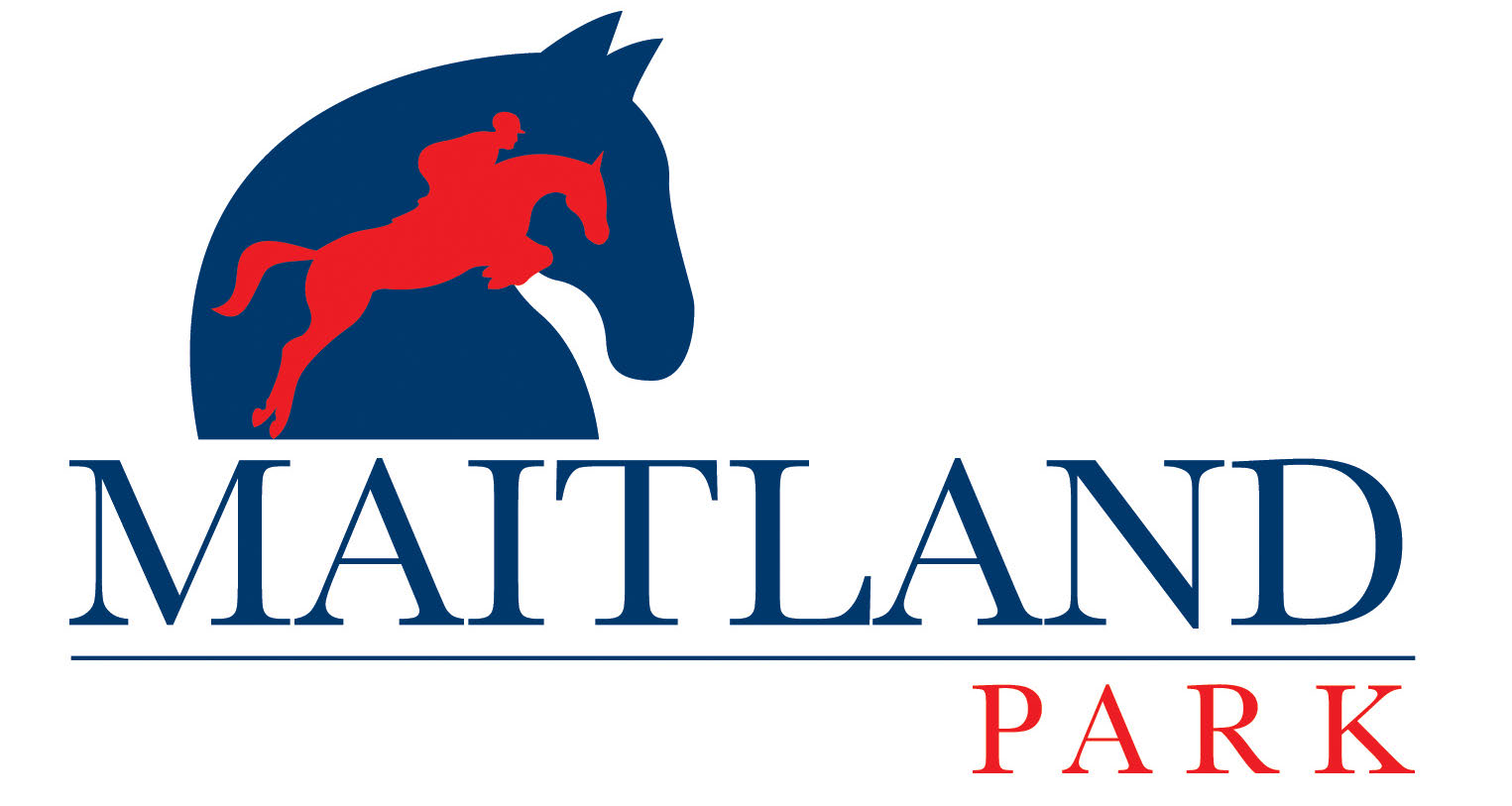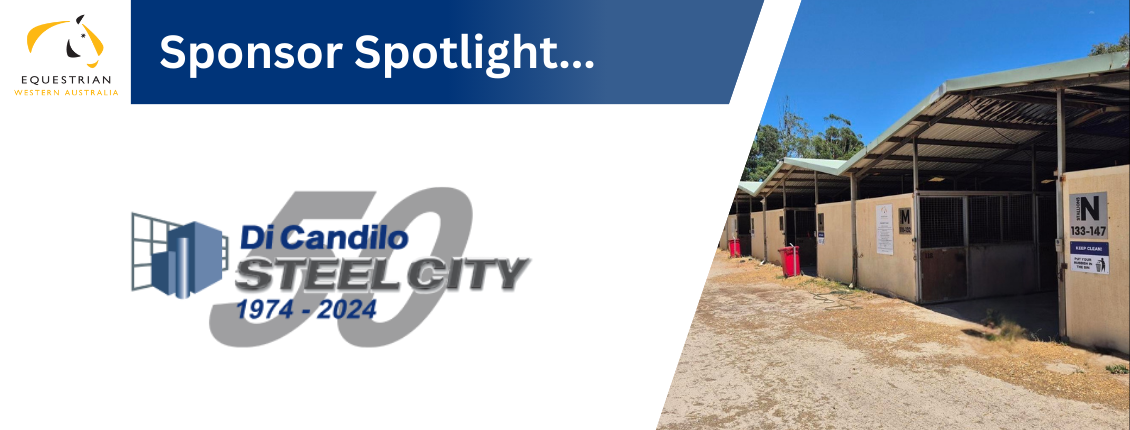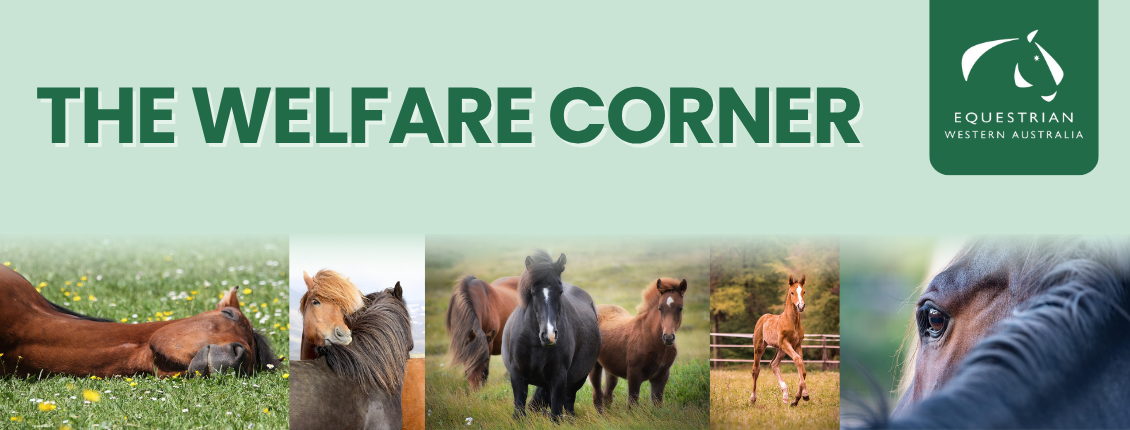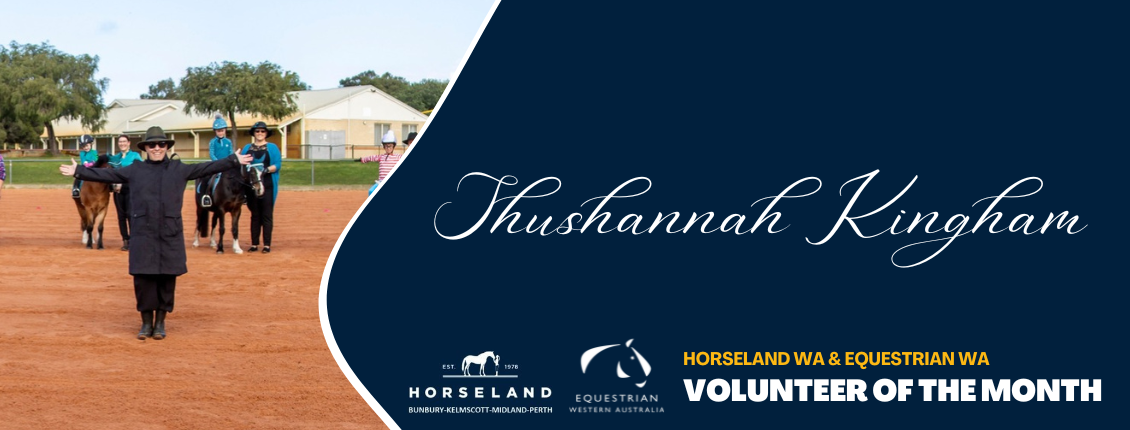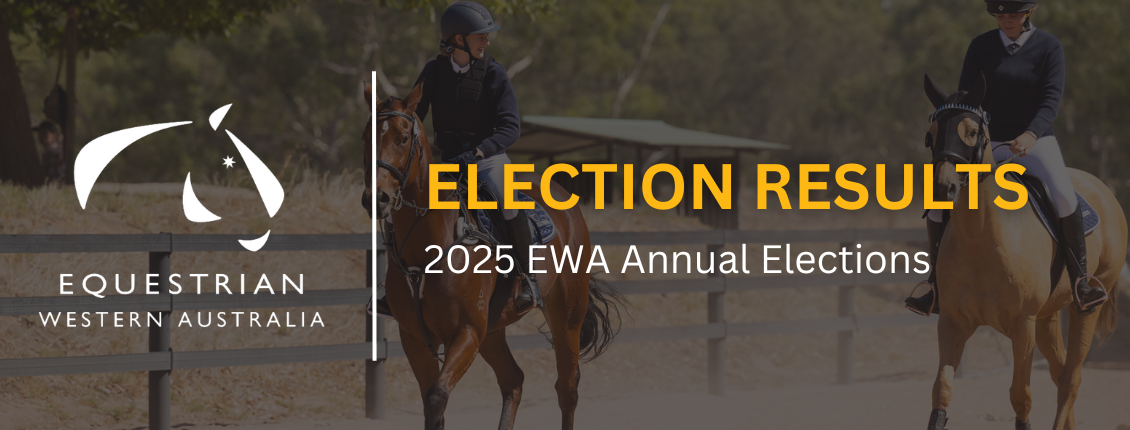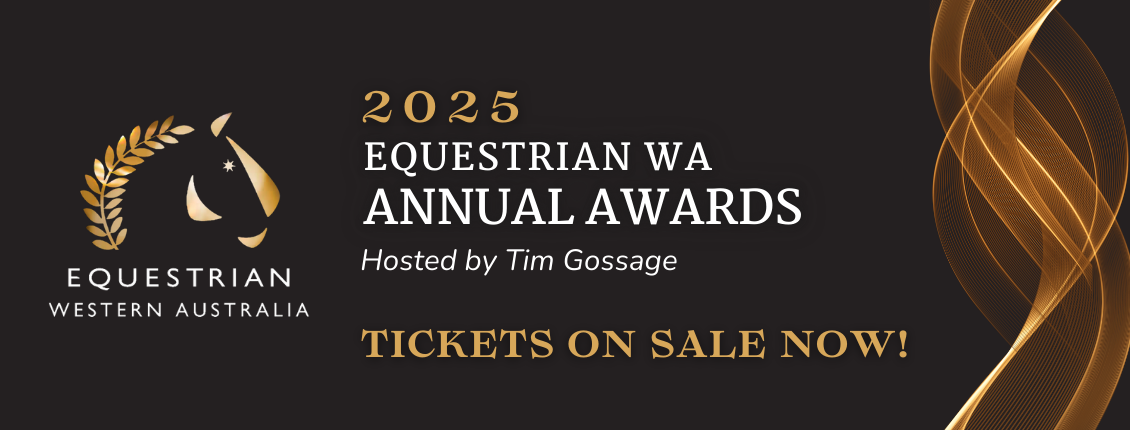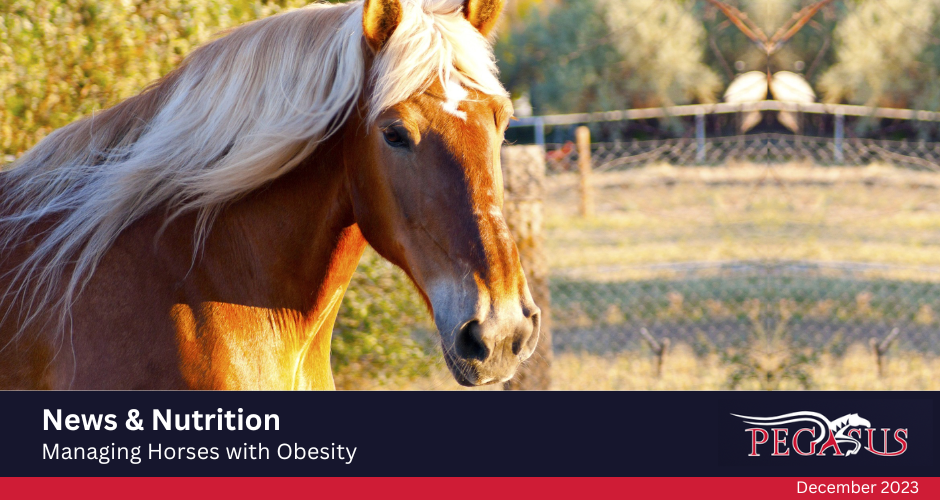
Pegasus News & Nutrition
Managing Horses with Obesity
In a trend that appears similar to that in the human population, obesity in the horse is becoming more common, and brings with it serious health implications. Information on body condition scores indicate that this is an issue affecting a large proportion of the global equine population. An Australian study, conducted in 2018, found that 43% of horses surveyed were in a body condition score (BSC) of 3.5 or above (Buckley et al, 2018), whilst researchers reported up to 45% of riding horse populations in the UK were overweight or obese (Longland et al, 2016).
Why should we, as horse owners, be concerned about this?
Equine obesity induces a pro-inflammatory state associated with a number of significant, long-term and potentially life-threatening diseases, as well as general health conditions, including arthritis due to excess joint loading. It increases the risk of equine metabolic syndrome (EMS) and insulin dysregulation (ID), both of which are predisposing factors for laminitis. Horses that are kept in overweight condition are more likely to suffer from laminitis (Robin et al, 2013). Here we summarise the nutritional and health considerations associated with obesity, and outline some tools for a sustainable weight management program.
So, what is considered obese?
Body condition scoring is one of the best field tools to assess and monitor weight. Naturally, a horse’s ideal body condition score is somewhat relative to its breed and discipline, however, as a general rule, a BCS of 4-5 in the 0-5 BCS scale is considered to be overweight. Areas of adiposity vary among individual horses. Telltale signs of a horse carrying excess weight are a ‘gutter’ along the spine, ribs and pelvis being difficult to feel, a cresty neck, and fatty lumps appearing around the top of the tail and around the withers. However, some horses may have palpable or even visible ribs whilst retaining a large cresty neck. The Cresty Neck Score can be a useful tool in these cases. Avoiding obesity in horses and ponies through dietary management is always important. When obesity does occur, a feeding program to decrease body condition is required.
How does obesity occur?
Feed types, hay and pastures for horses have been significantly improved, in terms of quality, availability and energy content. Concurrently, many horses are managed with less physical activity and therefore have lower energy expenditure, whilst breeding for temperament ensures a more docile demeanour in horses, meaning they are less likely to burn calories due to excitement. Therefore, we have a combination of factors: reduced exercise, improved feed availability, the use of energy-dense feed substrates, smaller turnout areas and stabling; all of which can facilitate long-term, positive energy balances resulting in increases in BCS. The simple way to look at weight gain is that calorie input is greater than energy output. If the horse is overweight, we need to prepare a feeding plan that has a negative energy balance, in order to lose excess body weight.
How do we prevent and manage obesity?
On a positive, obesity is an extremely preventable and manageable issue and can be easily corrected with owner intervention. Understanding the feed types available, and intake requirements of your horse is the best place to start. Horses utilise various sources of carbohydrates (CHO) as their main digestible energy (DE) source. These carbohydrates form two groups: non-structural carbohydrates (NSC) which are the starch and sugar components of the plant, and structural carbohydrates, mainly fibre and the fibrous outer parts of the plant. Over-consumption of NSCs, in particular, not only contributes to obesity, but is also implicated in the incidence of EMS, ID, and laminitis. In the case of obese horses, most energy-dense grains and high-grain pelleted feeds, which contribute NSC to the diet, should be avoided.
Dietary management of obesity involves the use of lower NSC feeds and hays, and reducing intake of pasture fructans (a form of sugar) in order to restrict calories. This type of dietary management has two effects:
1) feeds with lower NSC content aid the energy restriction required to facilitate weight loss
2) large glucose and insulin responses to meals are eliminated. Research has shown that improvements in basal insulin levels are associated with moderate weight reduction in obese horses (Gill et al, 2015.; Hoffman et al 2003).
What can inhibit the weight loss program?
There are a number of factors that can inhibit sustained weight loss. As fibre-fermenting herbivores, horses are accustomed to having large volumes of roughage moving through their digestive tract throughout the day. Overweight horses will need grazing restriction to achieve weight loss. Tools such as grazing muzzles, strip grazing, or a ’sacrifice’ bare paddock may be helpful. If using limited turnout hours, be aware horses, particularly ponies, can adapt grazing behaviour to consume larger amounts of pasture in a shorter period of time (Siciliano & Schmitt, 2012). Seasonal fluctuations in pasture quality, energy content and quantity may also affect the weight control program.
Whilst reduced calorie intake, and limiting pasture access, is required to achieve sustainable weight loss, restricting natural grazing behaviours may result in stereotypies and be detrimental to normal gastrointestinal tract function, due to limited gut fill, stress and boredom. Therefore, it is important to substitute lost grazing time with low energy, low NSC roughage alternatives, such as low quality meadow hay. The use of hay feeders or slow-feed hay nets can also be helpful to slow the rate of intake. Rapid weight loss involving severe DE restrictions should be avoided. Achieving the correct balance between energy restriction and essential dry matter intake (DMI) is vital to a successful weight management program.
Exercise is key. Feeding lower quality roughages and limited calorie intake are the basis of a weight management program, however, combining these tools with a routine exercise program is essential. Regular exercise will assist in burning excess calories, and is likely to improve insulin sensitivity, which further assists with fat metabolism Unless the horse is lame or suffering from laminitis, the exercise regime should consist of 20 minutes light work, including 10-15 minutes trotting, 4 times per week at a minimum.
How do we meet nutrient requirements from a restricted diet?
Providing essential nutrients to horses on restricted calorie diets can be tricky. When the overweight horse is in performance work, supplying adequate nutrients, such as protein, can be particularly difficult. Normally, this requirement for performance horses are supplied in the feed, however, when using low-quality roughages and restricted intake of concentrates, gaps may appear. When looking at protein in a restricted energy diet, we need to look at quality rather than quantity. Branched-chain amino acids, in particular, are required in performance horse diets. They provide the building blocks, influencing metabolic pathways, acting as a fuel source, and stimulating cell signalling to increase muscle protein synthesis after exercise.
Other key nutrients, such as vitamins, minerals and those that support healthy hoof growth and coat shine can also be a challenge. Overweight horses cannot be fed fat-based supplements that are typically used for coat condition. If a concentrate feed is to be used, choosing something with a very low feeding rate (1kg or less), that is low in NSC, low in fats and high in fibre, is desirable.
How to develop your plan?
Detailed diet advice based on the individual horse is an effective management tool for horses prone to obesity. Get in touch with our equine nutrition advisor, Michelle Meylan, for more information.
Here are our management tips:
- Control pasture intake by either using a grazing muzzle or confining the horse to a yard, stable, small paddock or small area of the paddock.
- Implement a regular exercise horse program for the horse at a trot or faster pace. (Do not exercise the horse whilst lameness/laminitis is present).
- Offer low-calorie hay ( grass hay or straw are ideal) and it is best to look for a late-cut, mature stalky hay. Rain damaged grass hay may be suitable provided it is not mouldy. Avoid lucerne, clover or oaten hay.
- Ideally, test the hay for energy content, nutrient composition and carbohydrate content.
- Soaking hay for 30 min in hot water or 60 min in cold water can reduce sugar and energy content.
- Offer 1-1.5% of the horse’s bodyweight per day in small meals. For example, 6 kgs per day for a 400kg horse divided into 3-4 meals per day or fed using a slow-release hay net or hay feeder.
- Lower intakes will result in faster weight loss, however, minimum intakes must be maintained to avoid gastrointestinal problems. Avoid drastic intake reductions. Intakes can increase when acceptable weight is achieved.
- A concentrated, low-intake nutritional supplement providing essential protein, vitamins and minerals should be the only supplementary feed. Pegasus Lite is a low NSC, low fat concentrate that is specifically formulated to suit overweight or ‘good-doing’ horses. The pellet provides branched-chain amino acids, pre and post biotics, natural vitamin E, yeast culture, KER BioBloom hoof and coat conditioner, and KER BMC to support bone mineral content and gastro-intestinal buffering.
References: Buckley, P., Morton, J., Buckley, D., & Coleman, G. (2018). A Longitudinal Study of the Pastures Grazed and Body Condition Scores of Pony Club Horses In one Region of Australia. Journal of Veterinary Healthcare, 1(4), 1-15. https://doi.org/10.14302/issn.2575-1212.jvhc-18-2167 | Longland, A. C., Barfoot, C., Harris, P. A. (2016). Efficacy of Wearing Grazing Muzzles for 10 Hours per Day on Controlling Bodyweight in Pastured Ponies. Journal of Equine Veterinary Science, 45, 22-27. https://doi.org/10.1016/j.jevs.2016.04.015 | Geor, R. J. (2010). Nutrition and Exercise in the Management of Horses and Ponies at High Risk for Laminitis. Journal of Equine Veterinary Science, 30( 9), 463-470. https://doi.org/10.1016/j.jevs.2010.07.011. | Gill. J. C., Pratt-Phillips. S. E., Mansmann. R., Siciliano. P. D. (2016). Weight Loss Management in Client-Owned Horses. Journal of Equine Veterinary Science, 39, 80-89, https://doi.org/10.1016/j.jevs.2015.12.014. | Durham, A. E., Frank, N., McGowan, C. M. (2019). ECEIM consensus statement on equine metabolic syndrome. Journal of Veterinary Internal Medicine, 33, 335–349. https://doi-org.ezproxy.csu.edu.au/10.1111/jvim.15423 | Hoffman, R. M., Boston, R. C., Stefanovski, D., Kronfeld, D. S., & Harris, P. A. (2003). Obesity and diet affect glucose dynamics and insulin sensitivity in thoroughbred geldings. Journal of Animal Science, 81(9), 2333-42. doi:http://dx.doi.org.ezproxy.csu.edu.au/10.2527/2003.8192333x | Siciliano. P.D., & Schmitt. S. (2012). Effect of Restricted Grazing on Hindgut pH and Fluid Balance. Journal of Equine Veterinary Science, 32(9), 558-561. https://doi.org/10.1016/j.jevs.2012.01.004
Article by Pegasus Feeds, 28.08.2023
For further Pegasus News and Nutrition articles, click here.

